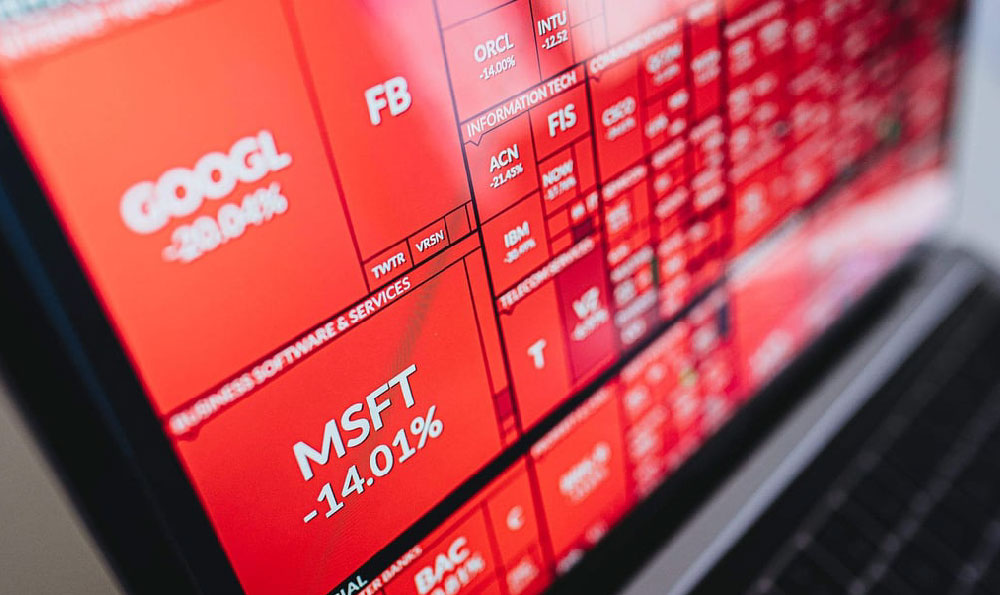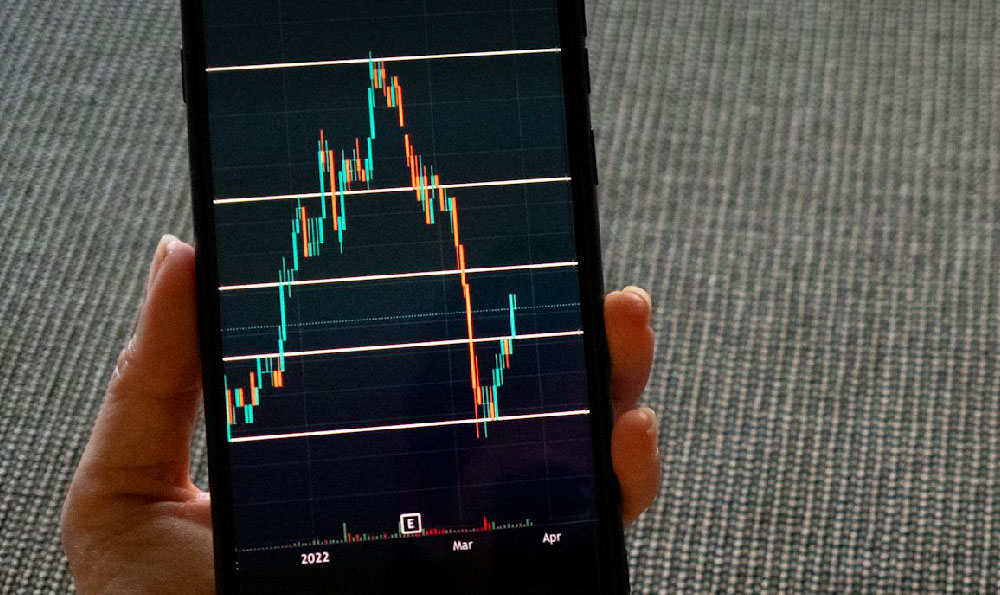Let's delve into the world of YouTube and unravel the mysteries surrounding how its creators, or YouTubers, generate revenue. It's a dynamic and multifaceted landscape where creativity, audience engagement, and savvy business acumen intertwine to create sustainable income streams. Understanding these streams is crucial not only for aspiring YouTubers but also for anyone interested in the modern digital economy.
The cornerstone of most YouTubers' income is undoubtedly advertising revenue. YouTube, owned by Google, utilizes its AdSense program to place advertisements on videos. YouTubers earn money based on the number of views their videos receive and the number of times viewers interact with the ads, such as clicking on them. This is typically measured in CPM (Cost Per Mille, or cost per thousand views) and RPM (Revenue Per Mille, which is the revenue after YouTube takes its cut). CPM can vary widely depending on factors like geographic location, audience demographics, video content, and the time of year. For example, videos targeted towards high-income countries like the United States or the United Kingdom tend to command higher CPM rates. Niche content with a highly engaged audience often attracts advertisers willing to pay more. It's important to remember that YouTube takes a significant portion of the advertising revenue, typically around 45%, leaving the remaining 55% for the creator.
Beyond advertising, channel memberships offer a direct way for viewers to support their favorite YouTubers. YouTube allows creators to offer exclusive perks and content to paying members. These perks can include custom emojis for live chats, badges that identify members, exclusive videos, behind-the-scenes content, and even personalized merchandise discounts. This income stream provides a more stable and predictable revenue flow compared to advertising, as it relies on the consistent support of dedicated fans. YouTubers often leverage this option by creating a strong sense of community and offering compelling incentives to encourage viewers to become members.

Another significant source of income is merchandise sales. Successful YouTubers often brand their channels with unique logos, slogans, or imagery and create merchandise such as t-shirts, hoodies, mugs, phone cases, and other products. They can either handle the production and fulfillment themselves or partner with print-on-demand services. Selling merchandise allows YouTubers to capitalize on their brand recognition and connect with their audience on a tangible level. It's also a way to diversify their income streams and reduce their reliance on YouTube's algorithms and advertising policies. Many YouTubers also collaborate with other brands to create limited-edition merchandise, further expanding their reach and appeal.
Affiliate marketing is another popular method for YouTubers to generate revenue. This involves partnering with companies and promoting their products or services in their videos. When viewers click on the affiliate links in the video description and make a purchase, the YouTuber receives a commission. Affiliate marketing can be particularly lucrative for YouTubers who review products, offer tutorials, or create content that aligns with specific products or services. Transparency is crucial in affiliate marketing; YouTubers are generally required to disclose their affiliate relationships to comply with advertising regulations and maintain viewer trust.
Sponsorships and brand deals are highly sought-after opportunities for established YouTubers. Brands often pay YouTubers to feature their products or services in their videos. These sponsorships can take various forms, including dedicated video segments, product placements, or even entire videos focused on the brand. The amount a YouTuber can charge for a sponsorship depends on factors like their subscriber count, audience demographics, engagement rate, and the scope of the campaign. Securing sponsorships requires YouTubers to cultivate a strong brand identity, maintain consistent content quality, and build a positive relationship with their audience.
Super Chat and Super Stickers are features available during live streams on YouTube. Viewers can purchase Super Chat messages to highlight their messages in the live chat, making them more visible to the YouTuber and other viewers. Super Stickers are animated images that viewers can purchase and send during the live stream. These features provide a direct way for viewers to support the YouTuber in real-time and can generate significant revenue, especially during popular live streams.
Furthermore, some YouTubers offer online courses and workshops related to their niche. For example, a YouTuber who creates makeup tutorials might offer an online course on advanced makeup techniques, or a YouTuber who teaches photography might offer a workshop on landscape photography. This allows them to leverage their expertise and reach a wider audience beyond their YouTube channel.
Finally, some YouTubers utilize YouTube Premium revenue. YouTube Premium is a paid subscription service that allows viewers to watch videos without ads and access exclusive content. YouTubers receive a portion of the revenue generated from YouTube Premium subscriptions based on the watch time of their videos.
In conclusion, the income streams of YouTubers are diverse and multifaceted. Successful YouTubers often leverage a combination of these strategies to generate sustainable revenue and build a thriving online business. The key to success lies in creating high-quality content, engaging with their audience, building a strong brand, and diversifying their income streams to mitigate risks and maximize opportunities. The landscape is constantly evolving, so staying informed about new monetization options and adapting to changes in YouTube's policies is crucial for long-term success.











